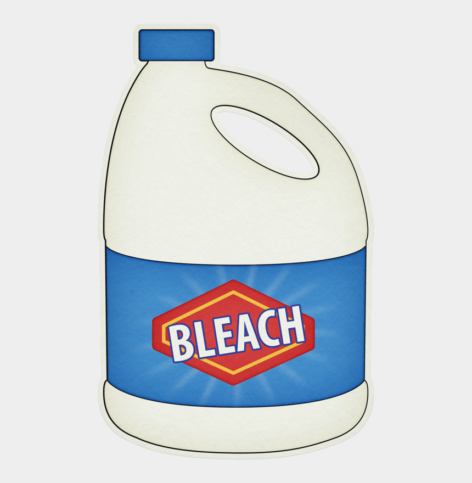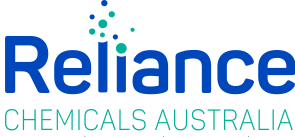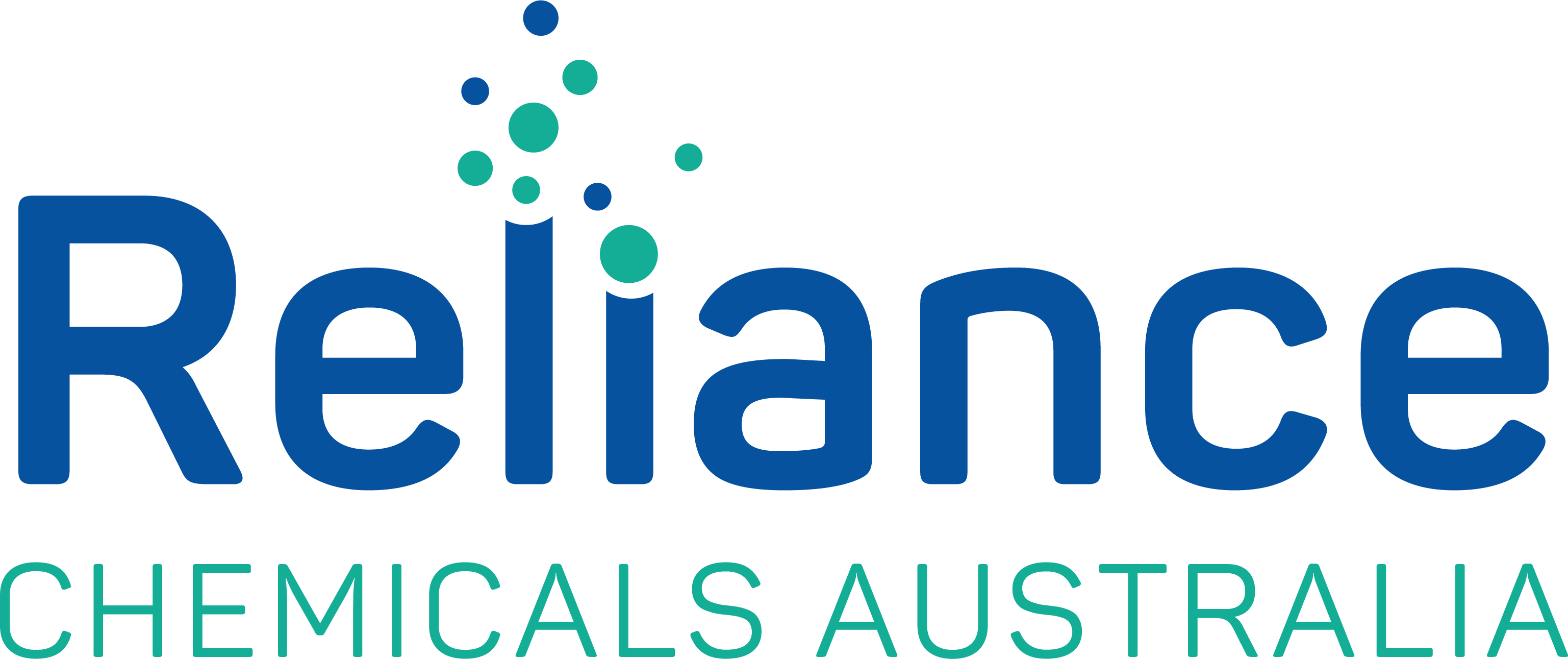
- by
- Hospitality
The Utilization of Bleach In Laundry These Days
Bleach is a highly beneficial chemical for large-scale applications around the world for various purposes. Moreover, people use it for cleaning the surfaces of the kitchen and bathroom. This chemical is very effective in killing viruses and bacteria. It does so by removing the protein from the micro-organisms. Bleach is very popular in the clothing and laundry industries. Washing clothes with bleach is a common phenomenon in the garments industry. It is a very handy chemical in stain removal, brightening, and many other operations. In this post, we will let you know the utilization of bleach in laundry.
Again, we will also add some tips for the proper use of bleach in clothing.
How Can You Use Bleach In Clothes?
Bleach breaks down soils by transforming them into soluble and colourful particles. by detergents and washed away. Bleach may also help in brightening the white fabrics. Moreover, it helps to remove stubborn filths.
The most potent bleaches are sodium hypochlorite bleaching agents (commonly known as chlorine or liquid home bleach). They are effective in washing a lot of whites, but not woolen clothes.
Bleaches are softer and perform safely on all washable materials. However, they work best in maintaining and not in restoring whiteness.
Read the guidelines and dilute as suggested for Sodium Hypochlorite Bleach. After that, add the enzymes and fluorescent whiteners to the detergent for best results.
But you need to do this 5-minutes after the cleaning cycle has started to agitate.
Add Oxygen Bleach to the laundry water right before adding the clothing. Do not apply powdered bleach to wet clothing.
How can you use bleach to remove stains from white clothes?
Firstly, read the guidelines from the label of the product carefully! The whiteness of the product does not necessarily imply that chlorine bleach is safe to use. In addition, the suitableness of the bleaching element will be affected by some factors.
These are the fibre of the fabric and the finishing of the product as well.
After mixing the soaking agent with the water, add the item.
The recommended soaking duration is 30 minutes. However, it may be necessary to soak for longer, perhaps overnight.
Follow the instructions below if bleach is safe for the cloth.
How To Use Bleach in The Laundry?
Carefully read the label:
Before application on the laundry, check the garment label. Some textiles cannot be laundered with liquid household bleach.
If you don’t want to use liquid home bleach, you can use color-safe (oxygen) bleach to help eliminate stains and odors. Read the cleaning product’s label as well.
Sometimes, a color-safe bleaching agent or a bleach substitute is integrated into some detergents. However, keep in mind that these items do not disinfect.
Assessment:
Take a cotton swab with a bleach solution. Now, dip it within the seam. If you notice that the fabric’s color remains unchanged, then the bleach is safe to use.
The initialization of use:
Ensure there are no layers of fabric or anything underneath the soiled portion of the garment that could be impacted. Then, rinse from the outer border of the stain when the stain is gone with fresh water.
The Bleaching of whole load:
The label should be studied for measuring how much bleach is to be used to the complete laundry load. Determine the instruction for your washing machine to see if you want to add the bleach to the battery or a specific drawer or area.
You can implement Bleach chlorine in disinfecting and sanitizing the washing machine, toilets, and other house surfaces.
The only things that destroy germs are disinfectants and cleaning agents. Products claiming to have killed germs must meet the U.S. Environmental Protection Agency (EPA) efficacy requirements and guidelines.
Determining the suitable bleach to use:
Chlorine bleach and non-chlorine bleach, often known as oxygen bleach or colour-safe bleach, are the two varieties of liquid bleach for laundry use.
Chlorine bleach works well on white clothing to remove stains and odors, but it can ruin colored materials by leaving fading splotches or scorching holes. It also has fantastic sanitizing properties.
Non-chlorine bleach, on the other hand, is commonly implemented in brightening and cleaning colored or patterned garments. First, examine the labels to see if it’s safe to use on your clothes. Even then, colorfastness should be tested on a hidden portion of the fabric.
Tips for using chlorine bleach as a stain-buster
Nothing beats old-fashioned chlorine bleach for removing stains and other blemishes from white garments. It also works effectively for eradicating mildew stains and odors because it sanitizes.
Here’s how to brighten your whites with chlorine bleach in your laundry:
Check with the label on the clothing to see if chlorine bleach is safe to use.
Set your washing machine to the highest temperature your clothes will tolerate.
Pour in your regular laundry detergent.
Fill your washer’s bleach dispenser with 3/4 cup liquid chlorine bleach.
As usual, wash.
Follow these measures if you’re using bleach to remove stains:
To make a weak bleach solution, dilute a little bleach with a lot of water.
Dip a clean, white cloth in the bleach solution and dab the stain to remove it.
Soak your clothing in the bleach solution for more significant stains. Repeat this process until the stain is no longer visible. There are a few things to keep in mind while using chlorine bleach due to its chemical nature.
Chlorine bleach should never be used on clothes directly. Before use, dilute it with water to avoid irreversible damage to your clothing.
Bleach should never be used on wool or wool-blend materials. The chemicals will cause significant harm to your clothing, and it will most likely be permanently ruined.
Conclusion
We all know how washing clothes with bleach is significant for the clothing industry. However, choosing a good bleach is also not an easy task.
That is why we have explained all the details about washing clothes with bleach in this article. We hope you can utilize it properly in the laundry. But before that, please choose your bleach wisely.

